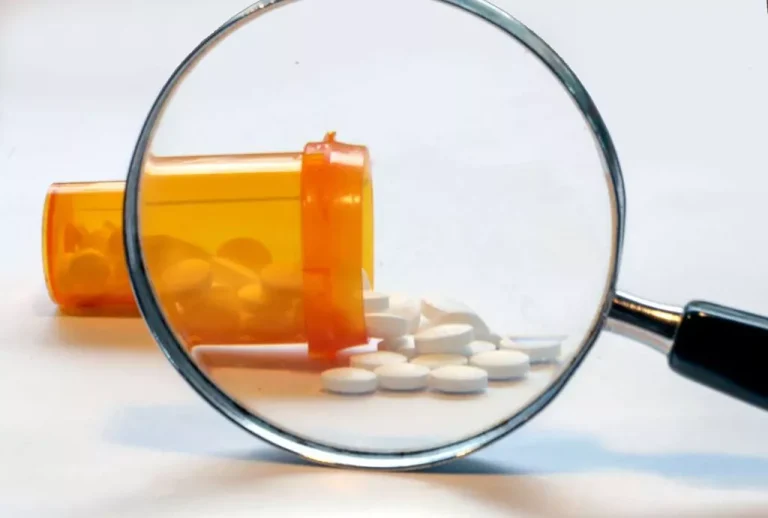
This in turn prevents the opening of the mitochondrial permeability transition pore (Walker et al. 2013). Alcohol increases the risk of several other short- and long-term health issues. Cortisol increases the release of catecholamines, which are chemicals in the body that help regulate many processes and help keep the body functioning as it should. The unit of measurement for blood pressure is millimeters of mercury (mm Hg). Hypertension, or high blood pressure, is a very common condition worldwide. However, if you want to partake in alcohol consumption, the Dietary Guidelines for Americans 2020–2025 and the National Institute on Alcohol Abuse and Alcoholism (NIAAA) provide the following guidelines.
Other risks of alcohol use

In the case of registration at clinical trials.gov, we considered only one study to have low risk of bias (Barden 2013). The trial was registered with the Australian New Zealand Clinical Trials Registry (ANZCTR). We classified the remaining studies as having high risk of bias because the protocol was not registered and the study identifier was not reported.
Burke 2006 published data only
A healthcare professional can help a person find treatment and support to help them stop drinking or lower their intake. Additionally, doses of over 240 mL were also able to reduce diastolic blood pressure. Diastolic blood pressure is the pressure in the arteries between heartbeats. However, researchers noted that a 3-week trial was not long enough to determine the long-term effects of drinking 30 grams of aged white wine per day.
Narkiewicz 2000 published data only
Another study, this time in the Journal of the American Heart Association, indicates that binge drinking increases blood pressure levels in men but not women. Decreasing or eliminating your alcohol intake can lower your chances of developing high blood pressure. It’s important to have regular physical how does alcohol affect blood pressure exams, since hypertension is painless and many people don’t even know they have it. Talk to your healthcare provider to discuss your risk factors and if it is safe for you to drink alcohol, even in moderation. Second, lack of representation of the female population was notable in the included studies.
- In the United States, 14 grams of pure alcohol is considered as one standard drink or one unit, and the maximum daily limit for men and women is four and three drinks, respectively (NIAAA 2017).
- “This complex interplay leads to elevated blood pressure and subsequent hypertension,” Ramnauth said.
- If future RCTs include both men and women, it is important that their blood pressure and heart rate readings are reported separately.
- After ≥ 13 hours of consumption, SBP and DBP were raised; the certainty of evidence was low and medium, respectively.
- It’s important to have regular physical exams, since hypertension is painless and many people don’t even know they have it.
- Plasma renin activity was reported to be increased in Kawano 2000 as a late effect of alcohol consumption.
Sierksma 2004b published data only

Any disagreements regarding inclusion or exclusion of studies were resolved by discussion between review authors. The reason for exclusion was documented for each citation at the https://ecosoberhouse.com/ full‐text level. We also checked the list of references in the included studies and articles that cited the included studies in Google Scholar to identify relevant articles.
Kawano 2002 published data only
This combination of higher fluid levels in the body and smaller blood vessels increases blood pressure. Sara Tasnim (ST) and Chantel Tang (CT) drafted the protocol with help from JMW. Both ST and CT independently assessed studies for inclusion or exclusion and assessed the risk of bias of all included studies. We identified Stott 1987 and Barden 2013 from Analysis 3.1 and Analysis 3.2 as having a considerably lower standard error (SE) of the mean difference (MD) compared to the other included studies. Assuming that the low SEs of MDs reported in Stott 1987 and Barden 2013 are errors and are not reliable, we replaced these measures with the average SE of MD from the rest of the included studies.
- Alcohol also stimulates the release of adrenaline and puts the body in a fight-or-flight mode, leading to elevated blood pressure.
- A typical adult consuming the defined number of standard drinks for binge drinking would reach a blood alcohol concentration of 0.08 in about 2 hours (NIAAA 2015b).
- Excessive drinking may affect your menstrual cycle and potentially increase your risk for infertility.
- Various studies with animals and humans indicate that ethanol can increase the development of reactive oxygen species (ROS), leading to increases in redox-signaling pathways and decreases in protective antioxidant levels.
- Most likely, the decrease in contractility was offset by corresponding decreases in afterload (end-systolic wall stress), systemic vascular resistance, and aortic peak pressure, which maintained cardiac output.
- A study from 2023 found that tea consumption could help reduce a person’s risk of hypertension by 10%.
- On average, drinkers consume 32.8 grams of pure alcohol per day, and beer (34.3%) is the most consumed alcoholic beverage (WHO 2018).
If it was appropriate to combine cross‐over trials with other trials, we used the recommended generic inverse variance approach of meta‐analysis. We tested the effect of cross‐over trials through sensitivity analysis by excluding them from the meta‐analysis to check if the effect estimate changed significantly. Two review authors (ST and CT) performed data extraction independently using a standard data collection form, followed by a cross‐check.
The evidence synthesised in this review was collected from 32 RCTs in 767 participants. Of the 32 studies, two studied low‐dose alcohol, 12 studied medium‐dose alcohol, and 19 studied high‐dose alcohol. The sample size in the meta‐analysis for low‐dose comparison was not adequate to assess the effects of low doses of alcohol on BP and HR; however, we believe that the direction of the change in BP and HR was correct.
Above 14 drinks a week, heart failure risk is higher, with hypertensive patients who drink more being more likely to show subclinical features of heart damage affecting the heart’s diastolic function. This is a dose-dependent association, as is that with left ventricular hypertrophy. A recent study shows the least mortality at 100 g/week or less of alcohol, with a dose-dependent relationship between alcohol and stroke, IHD, fatal hypertensive disease, heart failure, and fatal aortic aneurysm. Notably, the heart attack risk was in inverse relation to alcohol consumption levels. With moderate doses of alcohol, blood pressure (BP) went up for up to seven hours but normalized after that.




